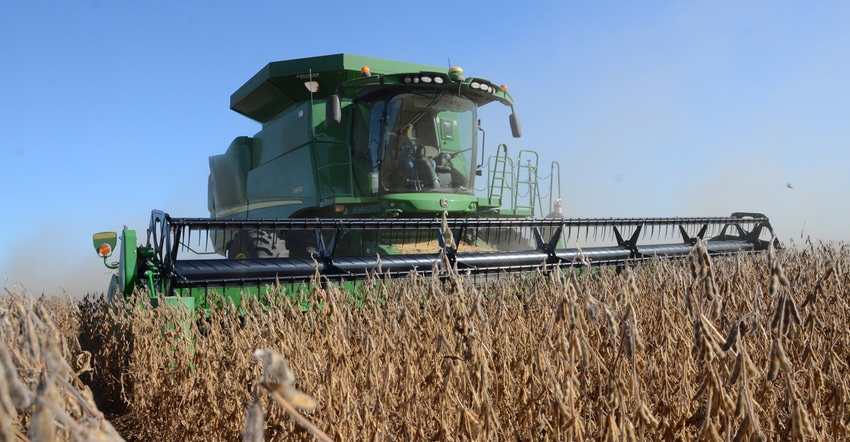January 13, 2022

Editor's note: This is the second of three parts looking at setting up and running an on-farm trial for 2022. We look at the basics, the finer points of building the trial and finally analyzing the trial.
Part 1: 7 tips for setting up an on-farm crop trial
Part 3: How to analyze on-farm trial results
Once you've gone through the steps outlined in the first part, the second tip in making a successful on-farm trial is to focus on what is both current and relevant to your farm. New technologies such as additives, biologicals and mechanical changes can show results in another individual's situation or geography. However, if the products or systems do not fit your farming operation they will not be successful. Using products or practices in environments they were not designed for will not give farmers the results they want.
Here are a few considerations for when you finalize your trial:
1. Match equipment widths to ensure field operations can be conducted with ease. Treatments or strips' dimensions must be equal within the field, so that results match and each treatment is fairly evaluated. Corn trials are typically easy to accommodate, because the planter width is a multiple of the harvest width. Soybean trials can be tricky and often result in a mismatch between planter or sprayer and harvest width. Planning your strips to make sure they are wide enough to easily harvest is a good rule of thumb. Harvest should always be conducted in the direction the treatment was applied, not at a diagonal — to avoid postharvest processing challenges.
2. Use technology to your benefit. Guidance systems, monitors and prescriptions take the hassle out of conducting on-farm trials. This is a great way to track how and when the field operations were conducted. Additionally, guidance systems allow the operator to “skip” around the field applying one treatment followed by the other without much hassle. Using combine yield monitors and grain carts with load cells has become a reliable way to collect harvest information on the treatments.
Yield monitors allow for spatial analysis of the data. However, it is important to remember that grain is commingled across the harvest width, where the outside row is harvested many feet and seconds before the center rows when they reach the combine.
3. Plant border rows between treatments or wider strips. This will buffer treatment effects from neighboring strips, and is particularly important for foliar applications and if there is potential for lateral movement of nutrients such as nitrogen. Treatments that have a dramatic effect on crop growth where neighboring strips are much taller or shorter should also have border rows.
While border rows increase the area of each treatment strip, it is an easy way to avoid the confounding influence of a neighboring strip. An example would be planting an eight-row treatment strip and harvesting the middle six rows to avoid border effects.
4. Take notes, and observe throughout the growing season. This practice will allow you to fully understand what impact is occurring due to treatment effects. While yields and profit are important at the end of the year, knowing when a treatment might have an adverse effect may indicate the ability to overcome it if results are promising. Collecting aerial imagery may provide a better understanding of the results of the trial, as well as indicate if a portion of the trial was compromised.
In the next installment we explore the process of analyzing your results.
Witt is an Iowa State University Extension agronomist based in Guthrie Center.
About the Author(s)
You May Also Like






